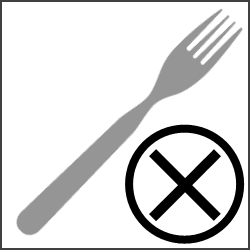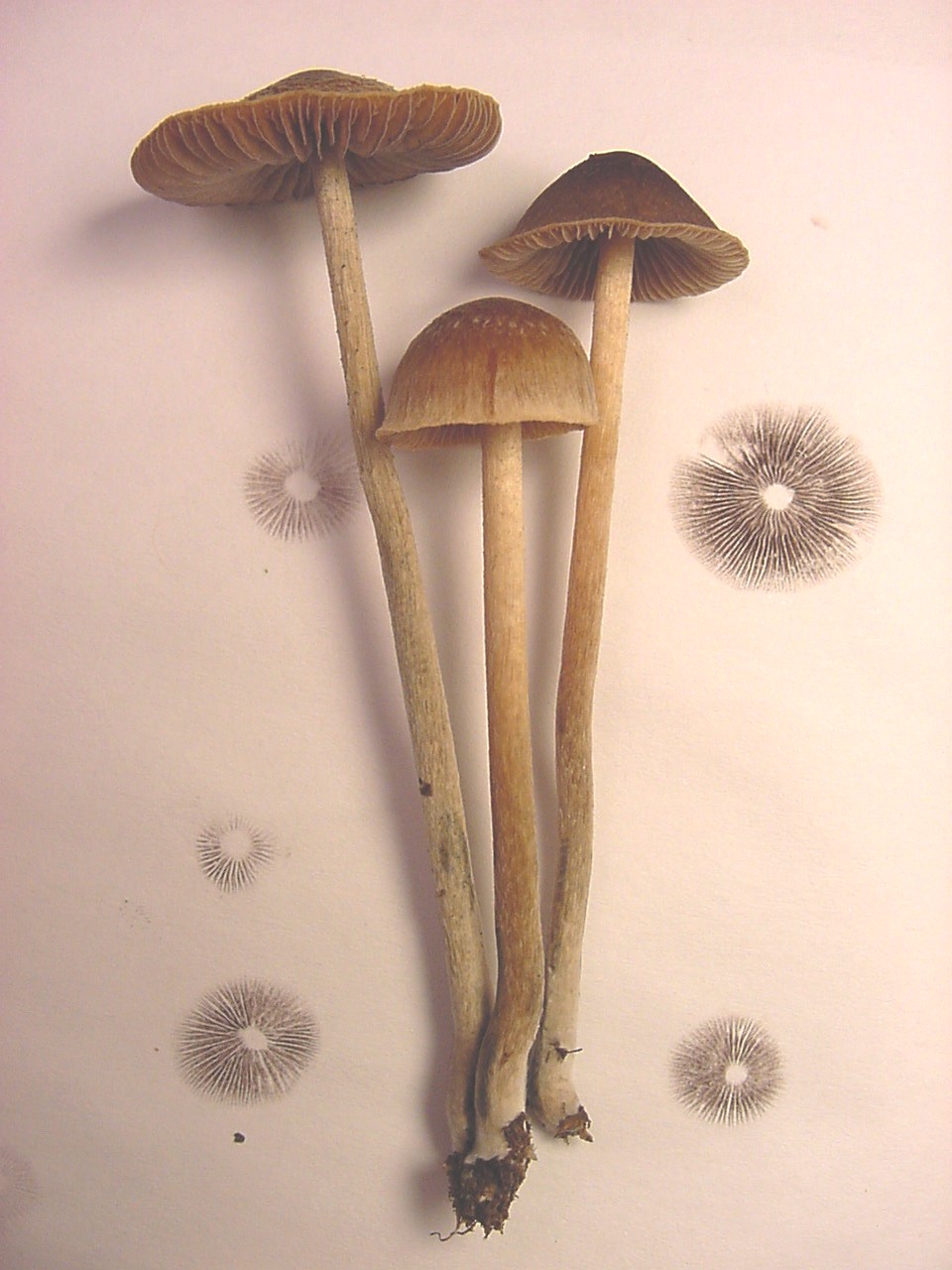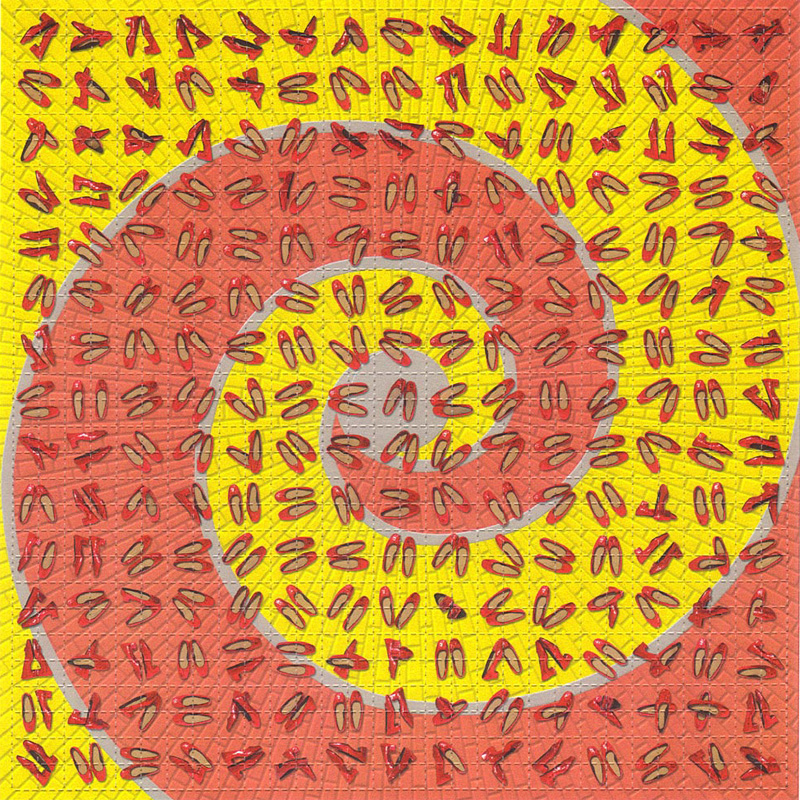|
Roger Heim
Roger Heim (February 12, 1900 – September 17, 1979) was a French botanist specialising in mycology and tropical phytopathology. He was known for his studies describing the anatomy of the mushroom hymenium, the systematics and phylogeny of higher fungi (especially the related genera ''Lactarius'' and '' Russula'', the Russulales and '' Secotium''), the mycology of tropical fungi such as '' Termitomyces'', as well as ethnomycological work on hallucinogenic fungi, like ''Psilocybe'' and '' Stropharia''. In his career, he published over 560 articles, scientific reviews, and major works in fields like botany, chemistry, education, forestry, horticulture, liberal arts, medicine and zoology.Batra, L.R. (1980). "Professor Roger Heim". ''Mycologia'' 72(6): 1063–1065. Career After his secondary education at the Chaptal high school, his father, who was a state railway engineer, pushed him to join the Central School of Arts and Manufactures ("''Centrale''"), one of the oldest and most p ... [...More Info...] [...Related Items...] OR: [Wikipedia] [Google] [Baidu] |
Paris
Paris () is the Capital city, capital and List of communes in France with over 20,000 inhabitants, largest city of France. With an estimated population of 2,048,472 residents in January 2025 in an area of more than , Paris is the List of cities in the European Union by population within city limits, fourth-most populous city in the European Union and the List of cities proper by population density, 30th most densely populated city in the world in 2022. Since the 17th century, Paris has been one of the world's major centres of finance, diplomacy, commerce, culture, Fashion capital, fashion, and gastronomy. Because of its leading role in the French art, arts and Science and technology in France, sciences and its early adoption of extensive street lighting, Paris became known as the City of Light in the 19th century. The City of Paris is the centre of the Île-de-France region, or Paris Region, with an official estimated population of 12,271,794 inhabitants in January 2023, or ... [...More Info...] [...Related Items...] OR: [Wikipedia] [Google] [Baidu] |
Russula
''Russula'' is a very large genus composed of around 750 worldwide species of fungi. The genus was described by Christian Hendrik Persoon in 1796. The mushrooms are fairly large, and brightly colored – making them one of the most recognizable genera among mycologists and mushroom collectors. Their distinguishing characteristics include usually brightly coloured caps, a white to dark yellow spore print, brittle, attached gills, an absence of latex, and absence of partial veil or volva tissue on the stem. Microscopically, the genus is characterised by the amyloid ornamented spores and flesh (trama) composed of spherocysts. Members of the related genus ''Lactarius'' have similar characteristics but emit a milky latex when their gills are broken. The ectomycorrhizal mushrooms are typically common. Although some species are toxic, a number of others are edible. Taxonomy Christian Hendrik Persoon first circumscribed the genus ''Russula'' in his 1796 work ''Observationes Mycologi ... [...More Info...] [...Related Items...] OR: [Wikipedia] [Google] [Baidu] |
Medicine
Medicine is the science and Praxis (process), practice of caring for patients, managing the Medical diagnosis, diagnosis, prognosis, Preventive medicine, prevention, therapy, treatment, Palliative care, palliation of their injury or disease, and Health promotion, promoting their health. Medicine encompasses a variety of health care practices evolved to maintain and restore health by the prevention (medical), prevention and treatment of illness. Contemporary medicine applies biomedical sciences, biomedical research, medical genetics, genetics, and medical technology to diagnosis (medical), diagnose, treat, and prevent injury and disease, typically through pharmaceuticals or surgery, but also through therapies as diverse as psychotherapy, splint (medicine), external splints and traction, medical devices, biologic medical product, biologics, and Radiation (medicine), ionizing radiation, amongst others. Medicine has been practiced since Prehistoric medicine, prehistoric times, and ... [...More Info...] [...Related Items...] OR: [Wikipedia] [Google] [Baidu] |
Liberal Arts
Liberal arts education () is a traditional academic course in Western higher education. ''Liberal arts'' takes the term ''skill, art'' in the sense of a learned skill rather than specifically the fine arts. ''Liberal arts education'' can refer to studies in a liberal arts degree course or to a university education more generally. Such a course of study contrasts with those that are principally vocational, professional, or technical, as well as religiously based courses. The term ''liberal arts'' for an educational curriculum dates back to classical antiquity in the West, but has changed its meaning considerably, mostly expanding it. The seven subjects in the ancient and medieval meaning came to be divided into the trivium of rhetoric, grammar, and logic, and the quadrivium of astronomy, arithmetic, geometry, and music. Since the late 1990s, major universities have gradually dropped the term ''liberal arts'' from their curriculum or created schools for liberal art disciplines ... [...More Info...] [...Related Items...] OR: [Wikipedia] [Google] [Baidu] |
Horticulture
Horticulture (from ) is the art and science of growing fruits, vegetables, flowers, trees, shrubs and ornamental plants. Horticulture is commonly associated with the more professional and technical aspects of plant cultivation on a smaller and more controlled scale than agronomy. There are various divisions of horticulture because plants are grown for a variety of purposes. These divisions include, but are not limited to: propagation, arboriculture, landscaping, floriculture and turf maintenance. For each of these, there are various professions, aspects, tools used and associated challenges -- each requiring highly specialized skills and knowledge on the part of the horticulturist. Typically, horticulture is characterized as the ornamental, small-scale and non-industrial cultivation of plants; horticulture is distinct from gardening by its emphasis on scientific methods, plant breeding, and technical cultivation practices, while gardening, even at a professional level, tends ... [...More Info...] [...Related Items...] OR: [Wikipedia] [Google] [Baidu] |
Forestry
Forestry is the science and craft of creating, managing, planting, using, conserving and repairing forests and woodlands for associated resources for human and Natural environment, environmental benefits. Forestry is practiced in plantations and natural Stand level modelling, stands. The science of forestry has elements that belong to the biological, physical, social, political and managerial sciences. Forest management plays an essential role in the creation and modification of habitats and affects ecosystem services provisioning. Modern forestry generally embraces a broad range of concerns, in what is known as multiple-use management, including: the provision of timber, fuel wood, wildlife habitat, natural Water resources, water quality management, recreation, landscape and community protection, employment, aesthetically appealing landscapes, biodiversity management, watershed management, erosion control, and preserving forests as "Carbon dioxide sink, sinks" for Earth's atmosp ... [...More Info...] [...Related Items...] OR: [Wikipedia] [Google] [Baidu] |
Education
Education is the transmission of knowledge and skills and the development of character traits. Formal education occurs within a structured institutional framework, such as public schools, following a curriculum. Non-formal education also follows a structured approach but occurs outside the formal schooling system, while informal education involves unstructured learning through daily experiences. Formal and non-formal education are categorized into levels, including early childhood education, primary education, secondary education, and tertiary education. Other classifications focus on teaching methods, such as teacher-centered and student-centered education, and on subjects, such as science education, language education, and physical education. Additionally, the term "education" can denote the mental states and qualities of educated individuals and the academic field studying educational phenomena. The precise definition of education is disputed, and there are ... [...More Info...] [...Related Items...] OR: [Wikipedia] [Google] [Baidu] |
Chemistry
Chemistry is the scientific study of the properties and behavior of matter. It is a physical science within the natural sciences that studies the chemical elements that make up matter and chemical compound, compounds made of atoms, molecules and ions: their composition, structure, properties, behavior and the changes they undergo during chemical reaction, reactions with other chemical substance, substances. Chemistry also addresses the nature of chemical bonds in chemical compounds. In the scope of its subject, chemistry occupies an intermediate position between physics and biology. It is sometimes called the central science because it provides a foundation for understanding both Basic research, basic and Applied science, applied scientific disciplines at a fundamental level. For example, chemistry explains aspects of plant growth (botany), the formation of igneous rocks (geology), how atmospheric ozone is formed and how environmental pollutants are degraded (ecology), the prop ... [...More Info...] [...Related Items...] OR: [Wikipedia] [Google] [Baidu] |
Botany
Botany, also called plant science, is the branch of natural science and biology studying plants, especially Plant anatomy, their anatomy, Plant taxonomy, taxonomy, and Plant ecology, ecology. A botanist or plant scientist is a scientist who specialises in this field. "Plant" and "botany" may be defined more narrowly to include only land plants and their study, which is also known as phytology. Phytologists or botanists (in the strict sense) study approximately 410,000 species of Embryophyte, land plants, including some 391,000 species of vascular plants (of which approximately 369,000 are flowering plants) and approximately 20,000 bryophytes. Botany originated as history of herbalism#Prehistory, prehistoric herbalism to identify and later cultivate plants that were edible, poisonous, and medicinal, making it one of the first endeavours of human investigation. Medieval physic gardens, often attached to Monastery, monasteries, contained plants possibly having medicinal benefit. ... [...More Info...] [...Related Items...] OR: [Wikipedia] [Google] [Baidu] |
Stropharia
The genus ''Stropharia'' (sometimes known by the common name roundheads) is a group of medium to large agarics with a distinct membranous ring on the stipe. Well-known members of this genus include the edible '' Stropharia rugosoannulata'' and the blue-green verdigris agarics ('' Stropharia aeruginosa'' and allies). ''Stropharia'' are not generally regarded as good to eat and there are doubts over the edibility of several species. However the species ''Stropharia rugosoannulata'' is regarded as prized and delicious when young and is now the premier mushroom for outdoor bed culture by mycophiles in temperate climates. Taxonomy The scientific name is derived from the Greek 'στροφος/strophos' meaning "belt", in reference to the annulus present on the stipe. Spore print color is generally medium to dark purple-brown with a white edge at maturity, except for a few species that have rusty-brown spores. There is a great deal of variation, however, since this group as presently de ... [...More Info...] [...Related Items...] OR: [Wikipedia] [Google] [Baidu] |
Psilocybe
''Psilocybe'' ( ) is a genus of gilled mushrooms, growing worldwide, in the family Hymenogastraceae. Many species contain the Psychedelic drug, psychedelic compounds psilocybin and psilocin. Taxonomy Taxonomic history A 2002 study of the molecular phylogeny of the agarics indicated the genus ''Psilocybe'' as then defined was polyphyletic, falling into two distinct clades that are not directly related to each other. The blue-staining Hallucinogenic mushroom, hallucinogenic species constituted one clade and the non-bluing species the other. The previous Type (biology), type species of the genus, ''Psilocybe '' (now ''Deconica montana''), was in the non-bluing clade, but in 2010, the type species was changed to ''Psilocybe semilanceata, P. semilanceata'', a member of the bluing clade. A 2006 molecular phylogenetic study of the Agaricales by Matheny and colleagues, further demonstrated the separation of the bluing and non-bluing clades of ''Psilocybe'' in a larger, strongl ... [...More Info...] [...Related Items...] OR: [Wikipedia] [Google] [Baidu] |
Hallucinogenic
Hallucinogens, also known as psychedelics, entheogens, or historically as psychotomimetics, are a large and diverse class of psychoactive drugs that can produce altered states of consciousness characterized by major alterations in thought, mood, and perception as well as other changes. Hallucinogens are often categorized as either being psychedelics, dissociatives, or deliriants, but not all hallucinogens fall into these three classes. Examples of hallucinogens include psychedelics or serotonin 5-HT2A receptor agonists like LSD, psilocybin, mescaline, and DMT; dissociatives or NMDA receptor antagonists like ketamine, PCP, DXM, and nitrous oxide; deliriants or antimuscarinics like scopolamine and diphenhydramine; cannabinoids or cannabinoid CB1 receptor agonists like THC, nabilone, and JWH-018; κ-opioid receptor agonists like salvinorin A and pentazocine; GABAA receptor agonists like muscimol and gaboxadol; and oneirogens like ibogaine and harmaline, among others. E ... [...More Info...] [...Related Items...] OR: [Wikipedia] [Google] [Baidu] |










